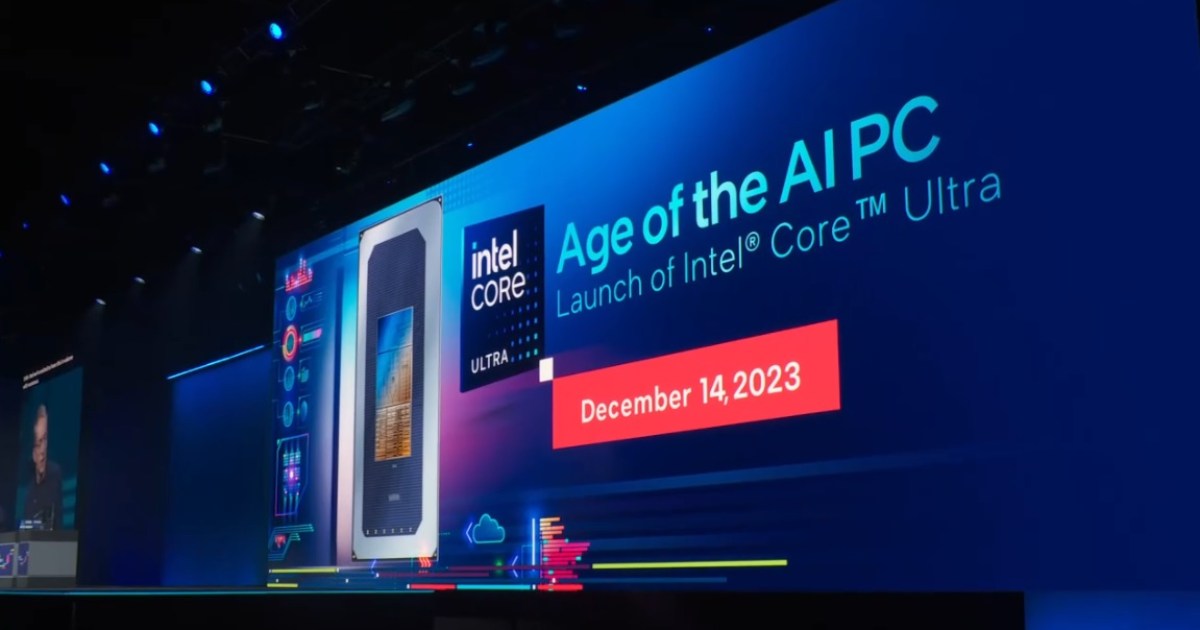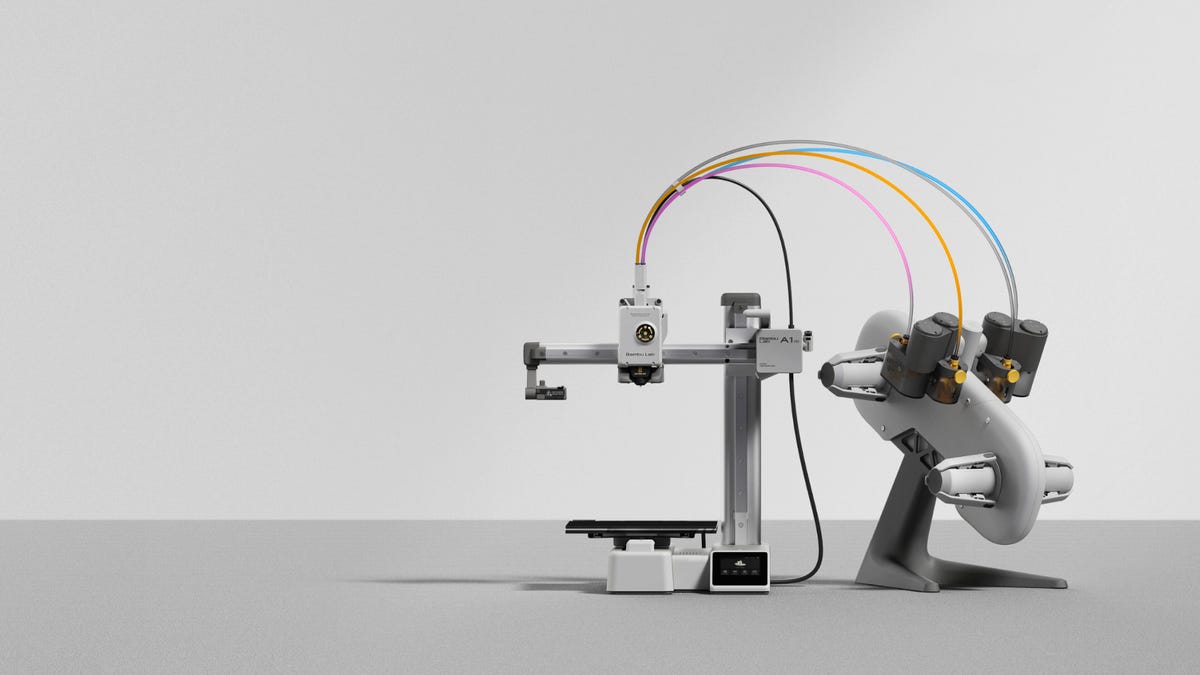Intel expects to surpass its competitors with its approach to quantum computing.
Intel expects to surpass its competitors with its approach to quantum computing.
Intel’s Quantum Computing Strategy: Quality, Scale, and Silicon Spin Qubits

In the realm of quantum computing, there’s more to consider than just the number of qubits a machine uses. However, it’s undeniable that qubit count plays a significant role. Intel, being aware of this, has strategically chosen to stay close to conventional computers, believing that this approach will eventually lead to larger qubit counts. And according to Intel Chief Technology Officer Greg Lavender, scaling to millions of qubits and error-correcting qubits is crucial to achieving effective computing workloads.
While Intel may appear to lag behind its rivals in the development of quantum computers, the company aims to leapfrog ahead by focusing on quantum computer processors with sufficient capacity. The potential applications of quantum computing are vast, ranging from developing new materials for batteries and solar panels to optimizing financial investments and cracking encryption. Quantum computers also hold promise for accelerating AI.
So, how exactly does quantum computing work? Conventional computers store and process data using bits that can represent either a zero or a one. However, quantum computers utilize qubits, which can store a unique combination of zero and one simultaneously through a phenomenon called superposition. Additionally, qubits can be entangled, allowing for the intertwining of their computing powers and potentially speeding up certain computation tasks.
The challenge with qubits is their sensitivity, making them easily perturbed by external forces that disrupt computations. One potential solution is error correction, achieved by combining multiple physical qubits into a larger error-corrected qubit. However, this approach necessitates even more qubits.
Intel acknowledges that while it’s still too early to declare victory, their approach shows great promise. CCS Insight analyst James Sanders believes that Intel’s utilization of silicon, leveraging decades of manufacturing experience, will inevitably succeed. He states, “I don’t know if it’s going to be a market leader, but the idea of Intel trying to leverage decades of experience in manufacturing to build a qubit around silicon will inevitably work.”
Intel Processor Updates
- Inside Intel’s Chip Factory, I Saw the Future. It’s Plain Old Glass
- Intel Enters the Quantum Computing Horse Race With 12-Qubit Chip
- Three Future Generations of Intel Processors Will Outclass Apple, CEO Says
- Intel Tucks Battery-Saving Tricks Into Its Meteor Lake PC Processor
In terms of qubit count, Intel’s rivals have machines with dozens of qubits, surpassing Intel’s Tunnel Falls quantum processor, which currently houses 12 qubits. However, Intel Labs Director Rich Uhlig states that the focus is more on quality than quantity. While Intel already has a 300mm silicon wafer with 24,000 qubits, the company knows that improving qubit quality is essential. This involves enhancing qubit reliability, increasing connectivity within the processor, and eventually addressing error correction.
To control these qubits, Intel is developing the Horse Ridge processor. However, managing quantum processors presents additional challenges due to the frigid temperatures required and the heat generated by the processors. Intel has developed a device capable of testing thousands of processors at cold temperatures simultaneously, accelerating hardware development.
Many Kinds of Qubits
Unlike conventional computers that primarily rely on transistors etched into silicon wafers, quantum computers are being built using various approaches. Companies such as IBM, Google, Rigetti Computing, IonQ, and Quantinuum are exploring different types of qubits. Some prefer superconducting qubits, which are small circuits cooled to extremely low temperatures, while others opt for ion traps or electrically neutral atoms. Photon-based qubits are also being investigated.
After exploring superconducting qubits, Intel settled on silicon-based spin qubits, a technique close to its expertise in microprocessor manufacturing. By utilizing electrons in silicon chips and leveraging the quantum mechanical property called spin, Intel aims to leverage its experience and potentially deliver significant advancements in quantum computing.
James Sanders predicts that by 2030, there will be a new approach that surpasses existing quantum computing technologies like transmon qubits and ion traps. Whether Intel’s spin qubits will be that breakthrough remains to be seen, but the potential for quantum computing progress is undeniably fascinating.
Overall, Intel’s quantum computing strategy focuses on quality, scalability, and utilizing its expertise in silicon manufacturing. While competitors may currently possess larger qubit counts, Intel’s approach shows great promise. As the quantum computing landscape continues to evolve, the future holds immense possibilities.






